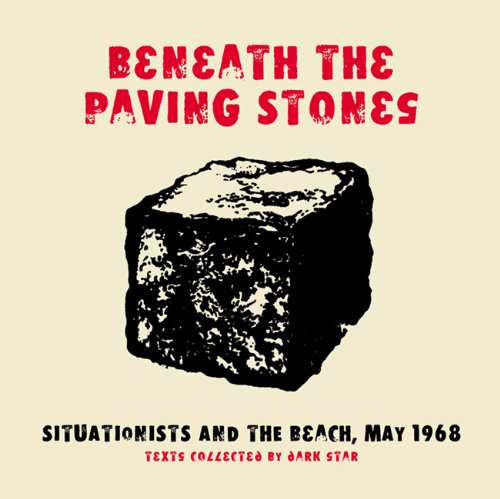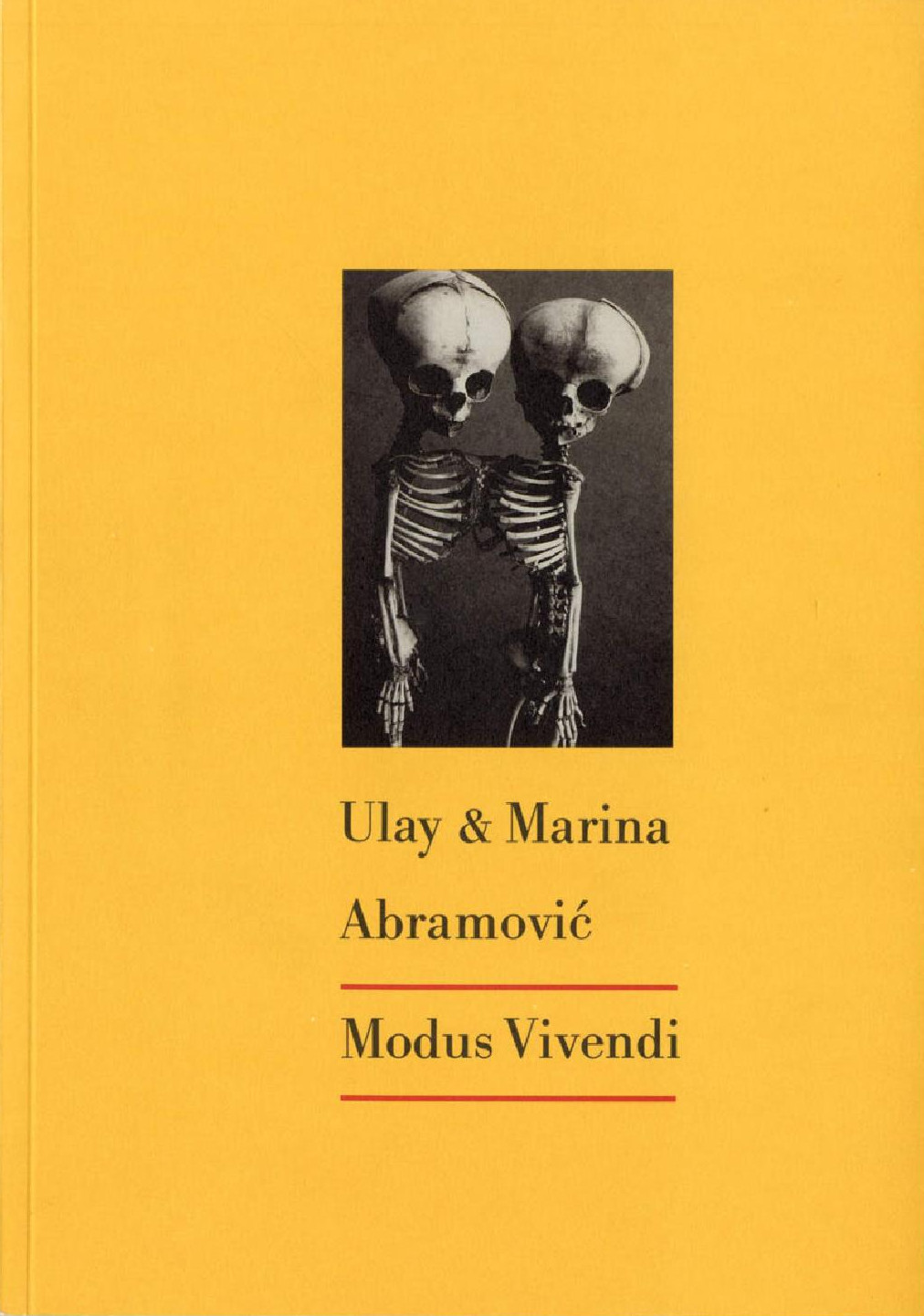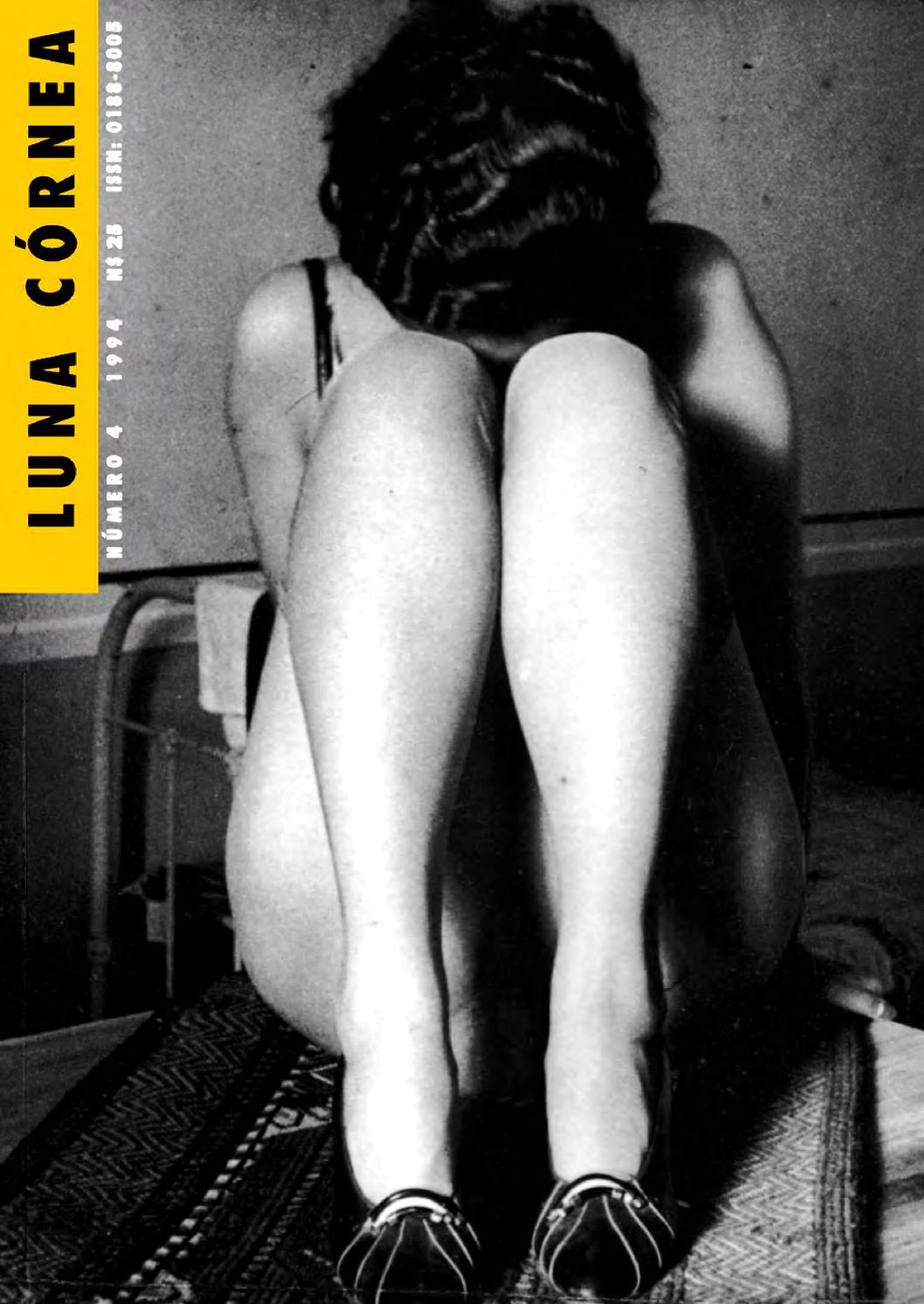Beneath the Paving Stones: Situationists and the Beach, May 1968 (2001)
Filed under book | Tags: · 1968, everyday, life, protest, situationists, social movements, spectacle

“This anthology comprises 3 pamphlets—The Poverty of Student Life; Totality for Kids; and The Decline and Fall of the Spectacular Commodity Economy plus eyewitness accounts of the Paris May ’68 events. Much of the Situationist creed was produced in pamphlet form and these three were crucial in creating the Situationist legend. They provide both an introduction to the ideas of the Situs and a provocatively seductive invitation to a life of freedom & revolt which prefigues many of the themes of today’s mass protestors. Illustrated throughout with photos of the May ’68 events and the graffiti that played such a famous role. The 7″ x 7″ size replicates size of the Parisian cobblestones used by the protestors.”
Collected by Dark Star
Publisher AK Press, Edinburgh and San Francisco / Dark Star, 2001
ISBN 1902593383, 9781902593388
120 pages
Review: Charlie Bertsch (Bad Subjects 2001).
PDF (6 MB)
Comment (0)Ulay & Marina Abramović: Modus Vivendi (1985)
Filed under catalogue | Tags: · art, performance art

“Between 1980 and 1985, the performance artists Marina Abramović and Ulay collaborated on a series of works in which art, life, aesthetics and ethics combined to create a unified whole. Their performances explored the way the body and mind reacts to extreme situations.
This exhibition was the first to present a wide selection of works by the two artists, from the very start of their partnership. A part of this selection comprised photographs documenting the artists’ journeys through Australia, the US and Asia, where they staged a number of performances with the involvement of the local indigenous peoples. Among these are Conjunction and Positive Zero (both 1983), which examine the relationship between western society and the rituals performed by other cultures. From 1984 to 1985 the two artists produced Modus Vivendi, a series of works shot on Polaroid in which they acted out male and female archetypes.
One of their most important performance pieces is Nightsea Crossing (1982): the artists faced each other for seven consecutive hours and engaged in a psychological battle in which their aggression and competitiveness was sublimated to the point of passivity. Many of the duo’s performances investigate the notion of the symbiotic relationship and the overcoming of one’s own subjectivity, in a situation of balance/imbalance between two opposing forces.” (Source)
Catalogue of the exhibition Modus Vivendi: Works 1980-1985 held at the Van Abbemuseum, Eindhoven, 14 Sep – 13 Oct 1985; Koelnischer Kunstverein, Cologne, 20 Oct – 17 Nov 1985; and Castello di Rivoli, Turin, 18 Apr – 8 Jun 1986. With an essay by Thomas McEvilley.
Prepared by Jan Debbaut
Publisher Van Abbemuseum, Eindhoven, 1985
95 pages
via Bint Bint
Luna Córnea, 4: El cuerpo (1994) [Spanish]
Filed under magazine | Tags: · art, body, photography

“El cuerpo, y no el desnudo fotográfico, es la preocupación fundamental de este cuarto número de Luna Córnea. Aquí se encuentran trabajos de muy distinto tenor. El número abre con una arriesgada reflexión de Enrique Flores en torno a Leonardo Da Vinci, que lo inscribe como un fotógrafo anterior a la creación de este arte. Alfonso Morales nos introduce a la obra del fotógrafo poblano Juan Crisóstomo Méndez, y su mirada escrupulosa y obsesiva del cuerpo femenino, a través de sucesivos velos y fragmentaciones. Esta constelación de imágenes ocupa un lugar central en el número. Sergio González Rodríguez explora, por su parte, las modalidades de la fotografía prostibularia en México, un tipo de fotografía presente desde el siglo pasado hasta nuestros días. Con el nombre de “El cuerpo y sus dobles”, Mauricio Molina nos habla de la función de la máscara, el tatuaje y los velos en la abigarrada geografía de los cuerpos.
Este número, en suma, recopila un material rico y variado, y nos ofrece una visión inédita del cuerpo a través de sus múltiples metáforas. El cuerpo del placer, el cuerpo del delito, el cuerpo y sus enfermedades, el cuerpo de excepción son algunos de los aspectos que aquí se revisan.”
Publisher Consejo Nacional para la Cultura y las Artes, México DF, 1994
ISSN 0188-8005
131 pages
PDF (26 MB)
Issuu
More issues of the magazine

